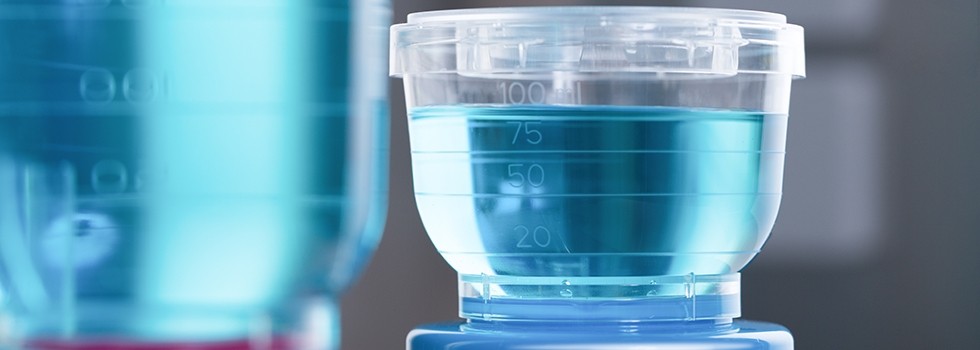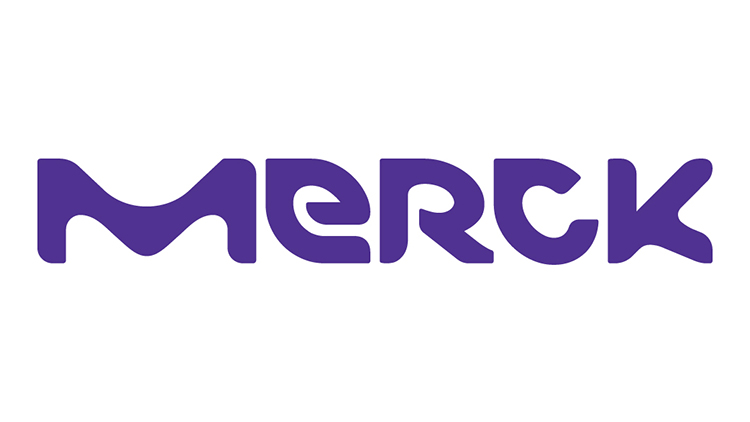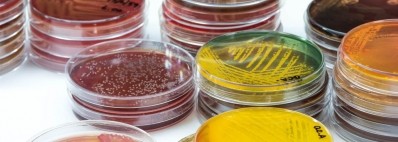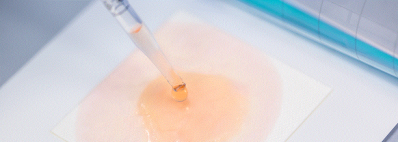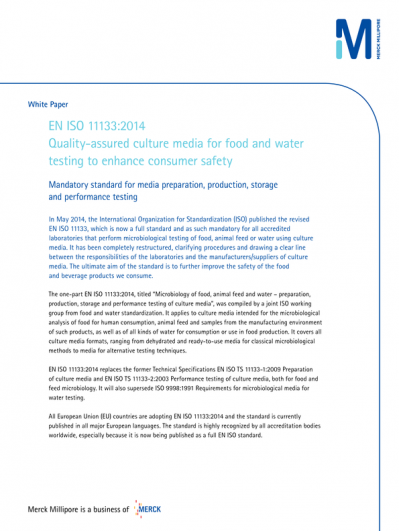Promotional Features
Why single-use funnels are an attractive alternative for microbiological analysis
Reusable and single-use funnels are both viable options for microbiological analysis teams. Single-use products are arguably more convenient, accurate and safe, while reusable funnels are thought to be cheaper and less wasteful. Those pros and cons led some teams to stick with reusable funnels. Now though, comprehensive analyses that better reflect cost and environmental impact are challenging perceived benefits of reusable funnels and showing single-use products are an attractive alternative.
Today, many groups use reusable stainless steel funnels that must be flamed for sterility as part of the membrane filtration workflow. Other groups use reusable plastic funnels that are sterilized in boiling water. The alternative is to use single-use funnels. As these funnels are only used once, there is no need to clean and sterilize them.
That small change has far-reaching implications. Freed from the need to sterilize funnels, teams can run more flexible operations that deliver more accurate, repeatable results without exposing people to safety risks including blisters and burns. Perhaps more surprisingly, businesses can realize the benefits without incurring extra costs or adding to their environmental impact, making single-use funnels a viable, attractive option.
Convenience and flexibility
The convenience of single-use funnels is a big part of their appeal, as well as an explanation of why surface-level concerns about cost and waste are unfounded.
One factor that makes single-use funnels more convenient is ease of use. Filtration and the transfer of membranes to agar plates are easier to do when working with single-use equipment, to the extent that even non-microbiologists can perform the process. The single-use workflow is free from the risk of tearing and rippling of membrane filters that affects users of reusable funnels.
The second key factor that makes single-use products more convenient relates to the effect of eliminating cleaning and sterilization steps on scheduling and workflows. A facility that normally analyzes 10 samples a day may have 12 reusable funnels. That gives the facility the capacity to always have access to a clean, sterilized funnel on normal days.
However, if the facility suddenly needed to analyze 20 samples to a tight deadline it would lack access to enough sterilized funnels. If funnels are off for cleaning or sterilization, the sample analysis will be delayed.
That is an acute example of a more routine issue associated with the use of reusable funnels. With the cleaning process taking one to two hours, there are periods of enforced downtime when demand for sample analysis outstrips the availability of funnels. That issue is exacerbated at busy facilities, where backlogs of products awaiting cleaning and sterilization lead to more delays.
Single-use funnels are always ready to use. The upshot is facilities that use single-use funnels can quickly scale capacity up to meet changes in demand, enabling them to spend more time analyzing samples and less time waiting for clean equipment to become available.
Cost and waste
The operational efficiency enabled by single-use funnels is one factor that offsets extra spending on the products themselves. Another factor is reduced spending in other areas.
Facilities that use reusable funnels need autoclaves and other pieces of cleaning and sterilization equipment. After making these significant capital expenditures, facilities need to spend more money on the human resources and electricity required to clean and sterilize reusable funnels.
Companies can spend up to €1500 on a boiling water bath and €20 for a litre of the alcohol used in the flaming process. Putting reusable funnels through a 324L autoclave uses around 18kW of electricity, adding further to ongoing costs.
These factors also offset the perceived environmental benefits of reusable funnels. While single-use funnels may appear wasteful at first glance, they are made of recyclable materials and have no hidden environmental impacts. Manufacturers often provide information on how to recycle single-use products for sustainable waste management. Reusable funnels, in contrast, are associated with a range of hidden impacts, including the amount of energy, water and detergent needed to clean them.
Autoclaving reusable funnels in one brand of 324L machine uses up 420L of softened water. If that particular autoclave is on but not in use, it uses up 25L of water every hour, as well as 1.3kW of electricity. The figures for smaller and larger autoclaves, as well as different 324L machines, will differ but the conclusion is the same: cleaning reusable funnels is associated with significant water and electricity use.
Companies that factor the environmental cost of autoclaving, flaming or soaking in boiling water into their efforts to go green, rather than focus solely on reducing solid waste, stand to establish a more accurate picture of their impact on the wider world.
Accuracy and repeatability of results
A more comprehensive analysis of the costs and waste associated with funnels also needs to factor in the repeatability of results and accuracy of reusable and single-use products.
Every microbiological analysis performed with single-use funnels starts with a sterile product that will not introduce confounding factors. That means the results generated should be the same every time. The same cannot be said of reusable funnels.
The cleaning process introduces the risk that soap residues will interfere with samples and results. Nitrate-based detergents pose a particular problem as their residues hinder microorganism growth. Similarly, there is the potential for the sterilization process to fail to eradicate all microorganisms, creating a further risk of contamination that confounds results. Wear and tear on funnels can also lead to sample bypass. Finally, the quality of the membrane introduces another source of variation.
While reusable funnels can deliver accurate, repeatable results, these risks have notable but hard-to-quantify implications for microbiological analysis teams that make single-use products an attractive alternative. If a team is unable to replicate its results or otherwise lacks confidence in the accuracy of its findings, it is likely to incur additional costs and will potentially be unable to meet the needs of the people who send it samples for analysis.
Operator safety
The final cornerstone benefit of single-use funnels is safety. Cleaning and sterilization pose risks to operators, most notably during the flaming process. Flaming is performed without incident the vast majority of the time but the combination of flames and flammable fumes involved in the process has caused multiple serious safety events.
The blistering of skin is the most common safety risk. Blisters arise when the operator holds the funnel during flaming but does not realize the stainless steel has heated up to a temperature that will damage the skin. Operators have also burnt their arms during flaming. Most worryingly, flaming can pose a fire hazard for the whole laboratory and the people who work there.
Single-use funnels are free from these risks. Operators simply attach a funnel to a plate and dispose of it after use, freeing them from the dangers associated with flaming and other ways of sterilizing reusable equipment. The result is single-use funnels create a safer working environment.
Conclusion
The convenience, accuracy and safety of single-use funnels make these products well suited to the needs of microbiological analysis facilities. Choosing single-use funnels enables teams to access the equipment they need, when they need it, deliver accurate, repeatable results and achieve excellent safety records.
Importantly, teams can achieve these benefits without incurring many of the upfront and ongoing payments and environmental impacts associated with reusable funnels, making single-use products an attractive alternative for even the most cost and waste conscious of microbiology laboratories.
